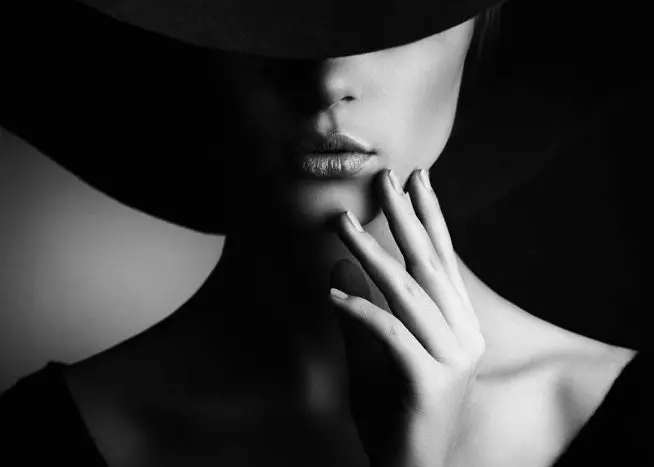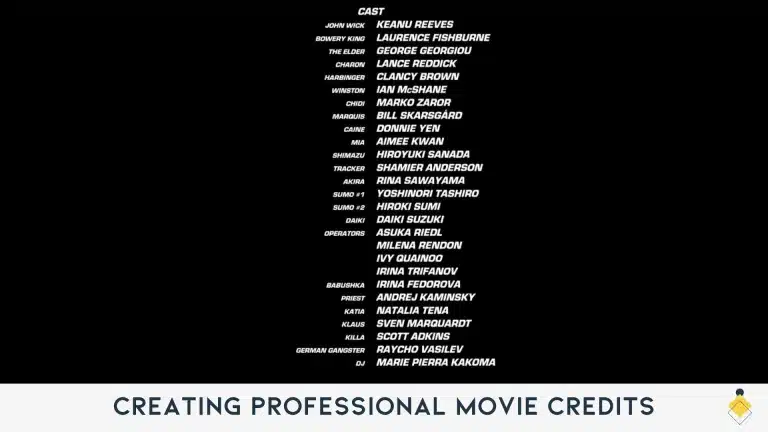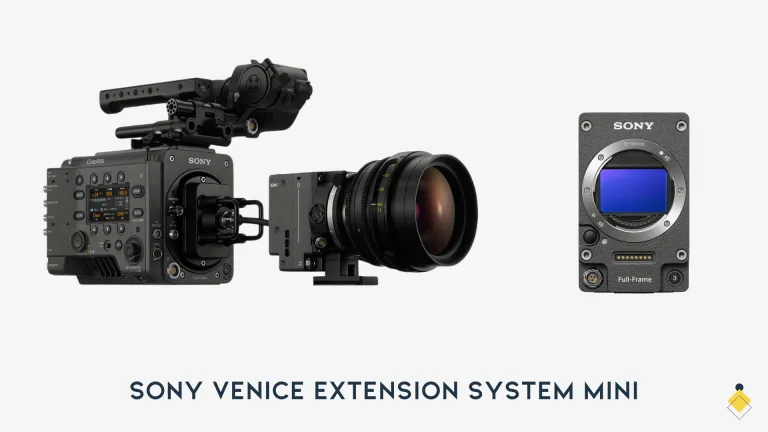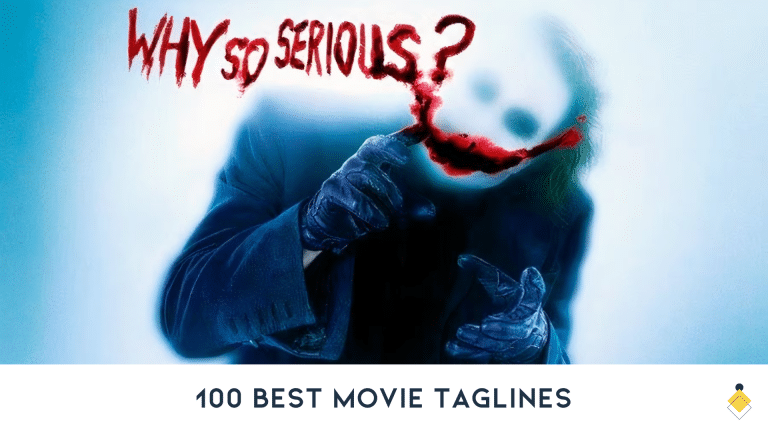Split light photography is a beautiful way to capture your subject and add some drama to your photos.
It can be used in a variety of settings, and produces stunning results.
In this blog post, we will discuss what split lighting is, how to make it and when you can use it.
Let’s get right into it!
What is Split Lighting?
Split Lighting Definition
Split lighting is a type of photography lighting that is created by placing the light source directly on one side of your subject, and as a result, it lights up half of the subject’s face leaving the other side dark.

This results in a dramatic look, with one side of your subject brightly lit and the other side in shadow.
It can be used to create beautiful portraits, or to add some drama to a scene.
Split lighting is one of the most popular types of portrait lighting, and for good reason – it’s stunning!
When to Use Split Light
There are a few situations when split lighting can be used to great effect:
- Portraits: Split light is perfect for portraits, as it accentuates the features of your subject and can create a beautiful, dramatic look.
- Low Light: If you’re shooting in low light, split lighting can be a great way to add some extra light to your scene but still keeping a dramatic effect.
- Action Shots: If you’re trying to capture some action, split lighting can help you freeze the frame and highlight your subject maintaining the dramatic look you might have established.
In cinematography, split light might have a little bit more applications because it works in direct correlation with storytelling.
So, if we are shooting a thriller movie and the scene is very dark, set in a alley at night, split lighting can be a great choice to better represent the story.

If you are shooting a scene that is set during the daytime, split lighting can also be used to create some contrast and make your subject pop. But, you will find yourself using this technique more often at night or low light situation, rather than during the day.
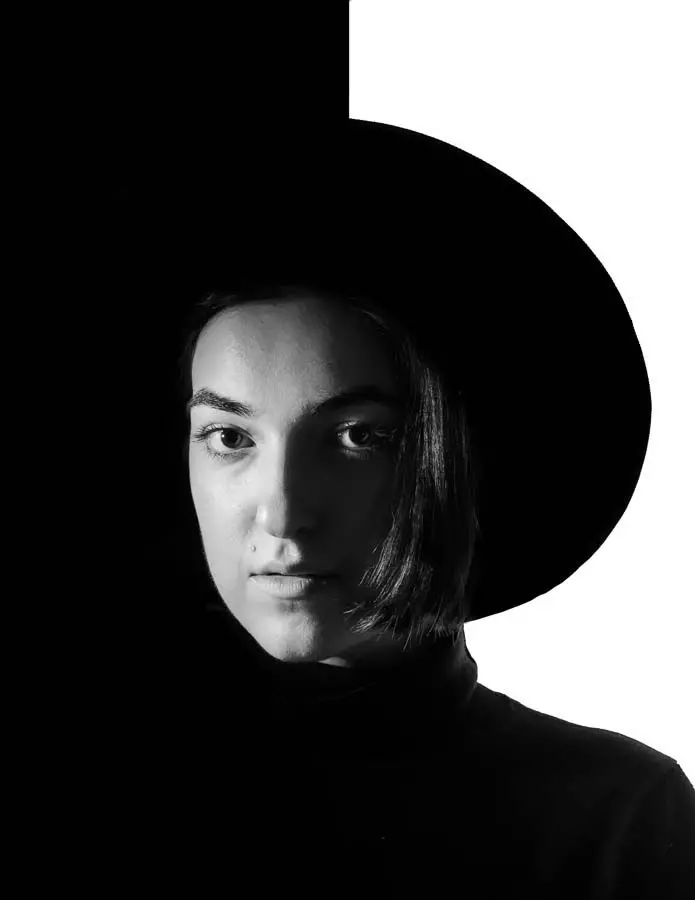
Equipment needed
The Split Lighting Setup doesn’t require too much equipment. It is a fairly easy setup.
Lighting
The most important thing you need is a light source. This can be natural light, artificial light, or even a flashlight.
If you’re using natural light source, you will need to find a spot where the sun is shining directly on one side of your subject.
Usually if you are using natural light as key light, you want to diffuse it a little bit otherwise it might not be too pleasing on your subject’s skin.
If you’re using artificial light source, you can use a studio light or even a practical light such as a lamp for example.
A good option in case you don’t have a light already but want to experiment with this split lighting technique, is Godox.
They produce a lot of affordable lights that you can use for split lighting or any other type of photography.
Reflectors
Another thing you might want to use is a reflector as fill light. The goal is to use the key light to bounce light off of the reflector and brighten the dark side of your subject’s face.
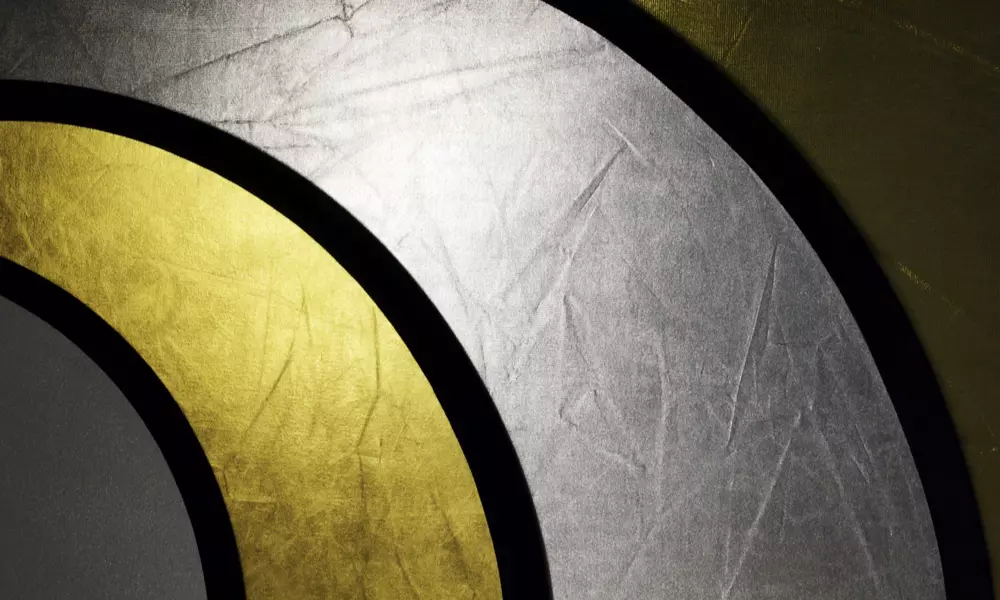
You can use a white reflector for general lighting, or a silver reflector to bounce more light.
If you don’t have a reflector, you can use something like a piece of white paper or cardboard.
Usually I like to expose the shadow side just enough to see some details but most of the time I really like to keep a high contrast.
Background
For the background, you can use anything that works with your split lighting setup.
It can be a wall, a curtain, or even a piece of fabric.
The key is to have something that will help create a split light effect and won’t compete with your subject for attention.
In terms of exposure, it is important that the background is always a little bit underexposed compared to the key side of your subject’s face, otherwise you won’t have much separation.
If you want to play with contrast when you are using the split lighting technique, one of the best things to do is to alternate exposures.
Play With Exposures!
For instance, if we are shooting a portrait on a black background and we are keying our subject from the left side, if we put a light on the background creating a gradient from the right side, now you will see that the bright side of your subject’s face is against a dark background and the dark side of the face is against a bright background.
This is a great Portrait Lighting technique that is just an extension of the the split lighting pattern.
Artificial Light vs Natural Light
There are a few things to consider when deciding whether to use artificial light or natural light for split lighting.
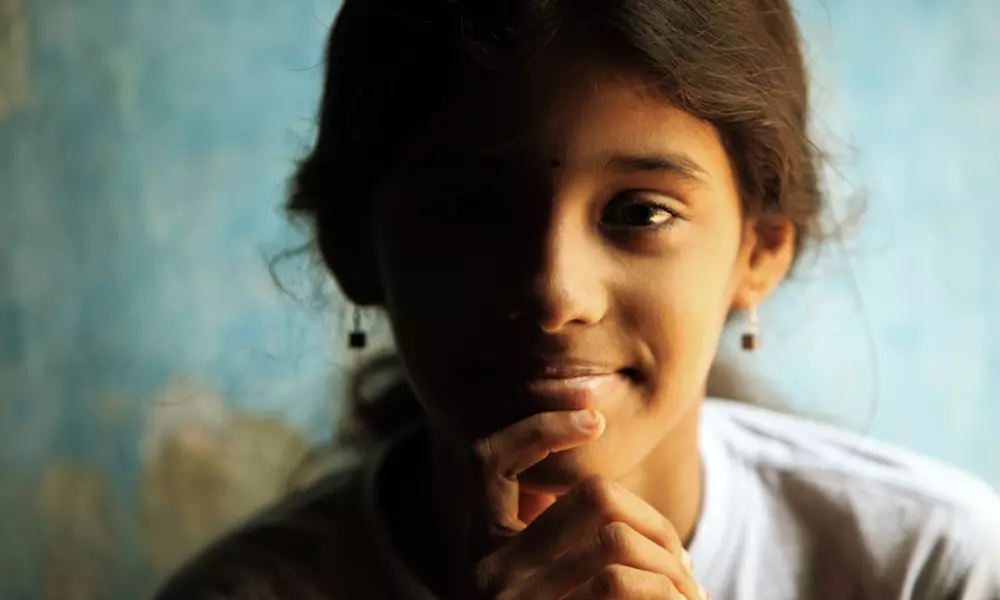
Artificial Light
- Easier to control the direction of light
- Greater flexibility with placement of lights
- More consistent lighting
- Can shoot split lighting in any location
Natural Light
- More difficult to control the direction of light
- Less flexibility with placement of lights
- Less consistent lighting
- Can only shoot split lighting in locations with good natural light
Both artificial and natural light have their own advantages and disadvantages, so it is up to you as the photographer to decide which type of light will work best for your shoot.
How to Create Split Lighting
Now that we know what split lighting is and some of the things you might need to create it, let’s take a look at how to actually create split lighting in your photography.

There are a few things to keep in mind when creating split lighting, such as the direction of light, the placement of lights, and the exposure.
Direction of Light
The first thing to consider when creating split lighting is the direction of light.
You want the light to split your subject’s face evenly, so it is important to place the light directly on one side of your subject. Doing so will light evenly half face keeping the other half darker.
For the fill light, we need to use the reflector opposite the side of the key light.
Placement of Lights
The next thing to consider is the placement of lights.
If you are using artificial light, you have more control over where you place the lights.
However, if you are using natural light, you will need to be more strategic with your placement.
You want to place your light source as close to your subject as possible while still maintaining the split lighting effect.
Exposure
The last thing to consider is the exposure.
You want to make sure that the key light is exposing the shadow side of your subject’s face just enough so you can see some details, but you don’t want the background to be too bright or the subject will disappear into the light.
You can play with exposure to create different levels of contrast in your split lighting portraits.
Split lighting techniques vs Rembrandt Lighting
What is Rembrandt Lighting?
Rembrandt lighting is a type of lighting named after the Dutch artist Rembrandt van Rijn.
It is created when the key light is placed at a 45-degree angle to the subject, and the light hits the subject’s face just below the eye.

This type of lighting is often used to create a sense of depth and dimension in portraits.
Main Differences
Split lighting creates a split down the middle of the subject’s face, while Rembrandt lighting creates a triangle of light on one side of the subject’s face.
Conclusion
Split lighting can be a great way to add interest and depth to your portraits since in my opinion is one of the most interesting Portrait Lighting techniques.
It is important to consider the direction of light, the placement of lights, and the exposure when creating split lighting, but with a little practice, you will be able to create beautiful portraits using this technique.
I hope you have found this blog post helpful and that you will give split lighting a try in your own photography!
If you enjoyed this article and want some more tips on how to improve your photography skills today, visit our article section on artistichive.com!
If you have any questions, please feel free to leave a comment below.
Frequently Asked Questions
Split lighting is often used in film to create a sense of depth and dimension in portraits.
Split lighting can be used in a variety of different situations, but it is often used for portrait photography.
Split light is a type of portrait lighting that creates a split down the middle of the subject’s face.
There is no one “best” split light technique. It is important to consider the direction of light, the placement of lights, and the exposure when using this photography lighting technique, but with a little practice, you will be able to create beautiful portraits using this technique.
The best light source for split light photography will depend on the situation. If you are using artificial light, you have more control over where you place the lights. However, if you are using natural light, you will need to be more strategic with your placement.

